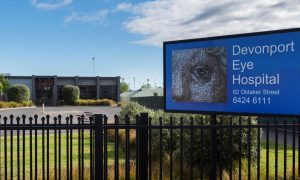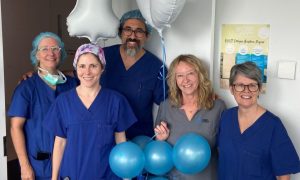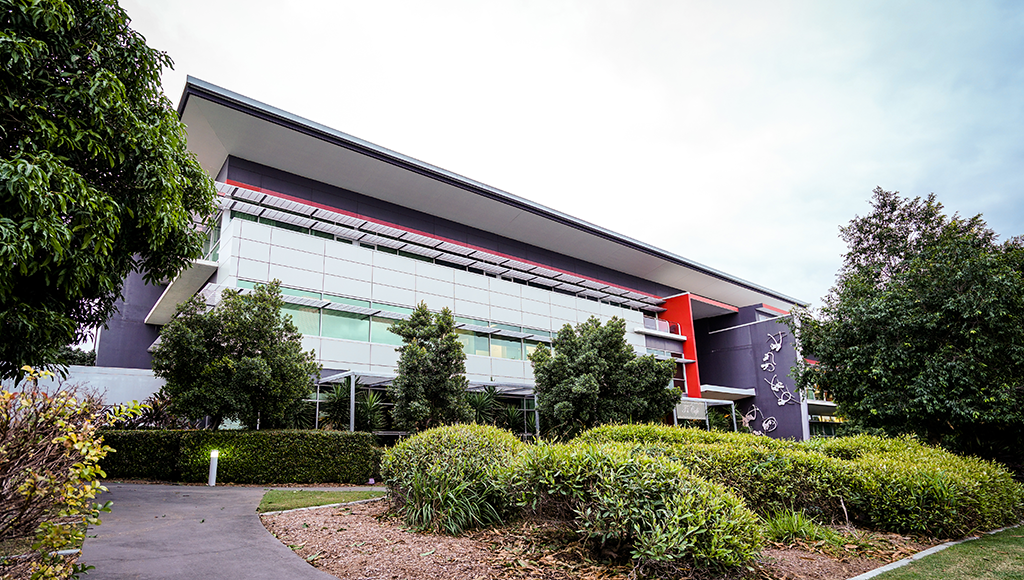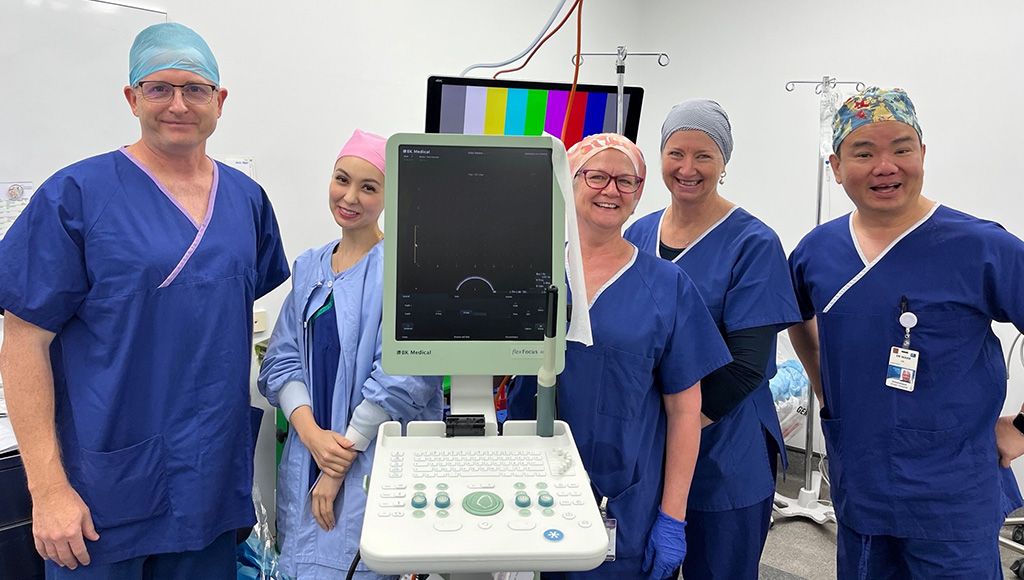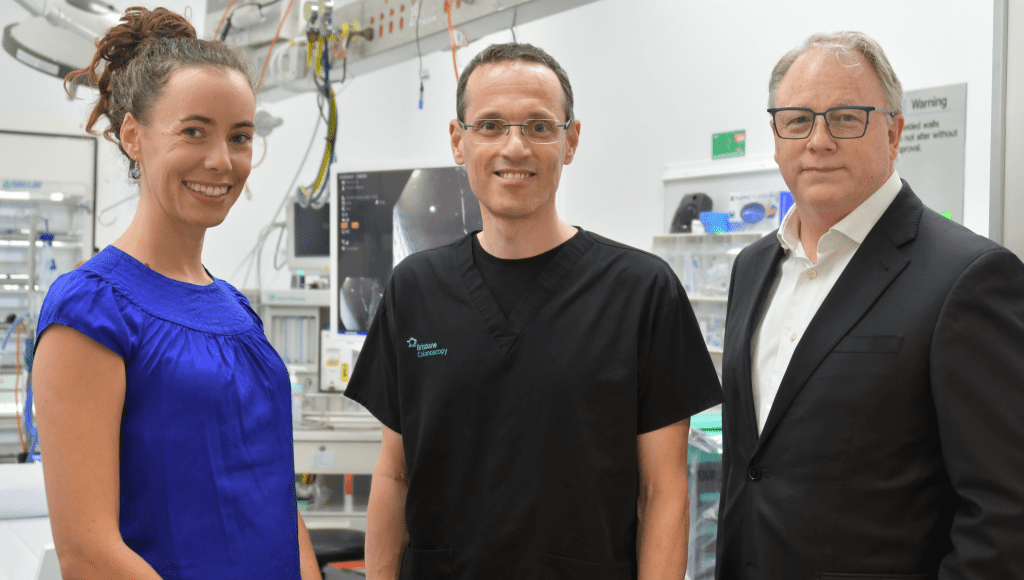Welcome to Chermside Day Hospital
Chermside Day Hospital features specialised, purpose built facilities, high quality equipment, and is self-sufficient. Facilities include state-of-the-art operating theatres and procedure rooms, a spacious Post Anaesthesia Care (Recovery) Unit, comfortable Second Stage recovery room and well-appointed consulting suites. The hospital also features a self-contained sterilizing department and endoscope processing service.
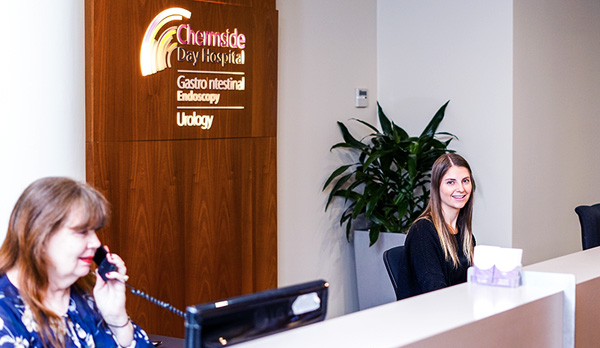
- Patient Information
- Find a Doctor
- Patient Feedback
- Australian Charter of Healthcare Rights
- Patient Safety and Quality
- Governance
- Online admissions
- Our Procedures
A Colonoscopy is an examination of the colon (large intestine) using a long, thin, flexible tube with a camera called a colonoscope.
Flexible sigmoidoscopy is a test that uses a flexible, narrow tube with a light and tiny camera on one end, called a sigmoidoscope , to look inside the rectum and the lower, or sigmoid, colon.
A gastroscopy is an examination of the upper digestive tract (the oesophagus, the stomach and duodenum) using a long, thin, flexible tube with a camera called a gastroscope.
Polyps are growths on the inside of the colon or gastrointestinal tract and are very common. A polypectomy can be performed during a colonoscopy or gastroscopy procedure.
A hemorrhoidectomy is surgery to remove hemorrhoids, whether they’re internal or external. Surgery is typically not the first line of treatment. But when all else fails, hemorrhoidectomy is a safe, effective treatment that doesn’t just make hemorrhoids easier to live with — it gets rid of them altogether.
Laparoscopic hernia surgery is a surgical procedure in which a laparoscope is inserted into the abdomen through a small incision to repair the hernia.
Open hernia repair is the procedure performed to repair hernia by pushing the hernia back in place through an abdominal incision.
Surgical removal of lesions is a simple procedure undertaken to remove growths such as lesions, tumours or moles for either medical or cosmetic reasons.
A blepharoplasty is a procedure which removes excess or sagging skin from upper and/or lower eyelids. The surgery is usually performed for cosmetic reasons however; it can improve sight in patients whose eyelids are obscuring their vision.
Excision of lesions is a procedure to remove growths such as lesions, moles and tumours from the skin, sometimes accompanied by frozen sections and followed by sutures or a graft. The most common reason for undertaking this procedure is for the removal of skin cancers such as Basal Cell Carcinoma which is the most common skin cancer on the face.
Cataract surgery is the surgical replacement of a cloudy lens with an artificial intraocular lens (IOL) implant to restore vision. The cloudy lens is broken up and removed with an ultrasound probe through a very small incision in the eye, and the artificial lens is inserted.
This involves having surgery to replace your cornea with a cornea that has been removed from someone who has died. The cornea you will receive is referred to as the donor cornea. The donor cornea to be used for your transplant will be provided by an Eye Bank.
This technique is a modification of the split thickness forms of corneal transplantation originating from Deep Lamellar Endothelial Keratoplasty (DLEK) which we developed and introduced to the United States in the year 2000 and which we later modified into Descemet’s Stripping Endothelial Keratoplasty (DSEK). DLEK, DSEK and DMEK are all forms of “endothelial keratoplasty” and are used instead of the full thickness traditional method called “penetrating keratoplasty” (PK).
Many retinal diseases require an injection in the eye. Injections are the most efficient way to treat diseases such as macular degeneration, macular edema and non-proliferative diabetic retinopathy. An intravitreal injection allows us to introduce a medicine in the eye where it can reach the retina quickly and with minimal systemic side effects. Before the procedure, a technician will sterilize the eye with iodine solution and numb the eye with topical eye drops and lidocaine jelly. The doctor will then deliver the medication to the eye using a very small and thin needle. The procedure only takes a few minutes. After the procedure some discomfort and tearing may be common.
Keratectomy surgery is a corrective eye procedure to address cornea scarring or opacity. A top ophthalmologist may perform the procedure using traditional surgical tools or a laser device. The eye surgery improves your vision by smoothing an opaque or irregularly-shaped corneal epithelium. Your eye doctor uses one of several methods to create a smoother epithelium, which improves the functionality of your cornea, improving your vision.
A pterygium is a growth of blood vessels and fibrous tissues covering the surface of the eye due to over-exposure to sunlight over an extended period of time. A pterygium is treated with a surgical excision and an auto-conjunctival graft.
A refractive lensectomy or refractive lens exchange, replaces the natural lens with an artificial intraocular lens (IOL) implant. The surgery is usually performed to reduce a patient’s dependence on glasses or contact lenses.
A dental bone graft is a procedure performed to increase the amount of bone in a part of the jaw where bone has been lost or where additional support is needed. Bone may be taken from elsewhere in the body and surgically fused to existing bone in the jaw. Sometimes, synthetic bone material is used. A dental bone graft is sometimes needed if further procedures, such as dental implants, are necessary or if bone loss is affecting the health of nearby gums and teeth.
Dental implants are used to replace damaged or missing teeth. A dental implant procedure is where a screw or metal fixture is implanted into the jaw as the base for a new false tooth.
Dentoalveolar surgery refers to any procedures on the teeth or jaw bones. This can include dental implants, removal of teeth and removal of cysts of the jaw.
Sinus lift surgery is a treatment approach your dentist may recommend when you desire dental implants but don’t have enough jaw bone to secure the implant.
Other names for this procedure include sinus augmentation or sinus graft. Several kinds of medical specialists may perform this procedure, such as a periodontists or oral surgeons.
There are lots of techniques that a dental specialist can use to perform sinus lift surgery. Keep reading to find out more about these approaches and how they may help secure your dental implants.
When wisdom teeth have the potential to cause problems or become impacted, they may be removed surgically. In the procedure, the surgeon makes a small incision and extracts the tooth with forceps.
The temporomandibular joint (TMJ) is the hinge-like joint which joins the jaw to the skull. TMJ dysfunction typically occurs as a result of arthritis or jaw related injury. TMJ disorders are usually managed through arthrocentesis and injections.
A tooth extraction is the removal of a tooth from the dental alveolus (socket) in the alveolar bone.
Breast augmentation is the surgical increase of the size of woman’s breasts, usually through the use of breast implants.
Breast reduction surgery also known as reduction mammoplasty is a procedure to reduce the size of large breasts through the removal of excess fat, tissue and skin from the breasts.
An excision of melanoma procedure is the surgical removal of melanoma (a form of skin cancer).
Rhinoplasty is a surgical procedure which improves the appearance or function of the nose by reshaping the nasal bone and cartilage. It is performed by either an Otolaryngologist – head and neck surgeon, Maxillofacial surgeon, or Plastic surgeon.
The circumcision procedure (for infant males) involves the use of a Plastibell (a small plastic ring) which is slipped over the glans, and the foreskin is laid over it.
A cystoscopy is a procedure in which a thin flexible tube with a camera and light on the end is inserted through the urethra and into the bladder. The procedure is most commonly undertaken to investigate the bladder for any abnormalities.
ESWL is a noninvasive procedure that breaks down stones in parts of the urinary system, in the pancreas and in the bile ducts. It uses shock waves that are aimed at stones, with the help of X-rays or ultrasound.
A frenuloplasty is a procedure used to treat pain caused by tight or short frenulum of the penis.
The stent facilitates intraocular pressure lowering thereby potentially either minimising glaucoma medication, or giving better intraocular pressure control in patients who are poorly controlled.
A stent removal is the removal of a ureteral stent by a surgeon using a cystoscope. A cystoscope is a thin, flexible tube with a camera and a light that is inserted through the urethra.
A TRUS biopsy is a procedure where a tissue sample of the prostate gland is taken via a rectal ultrasound probe.
A vasectomy is a surgical procedure that sterilises a man by cutting the vas deferens, which are tubes that carry sperm from the testes to the penis.
Contact Details
Opening Hours: 6:30am to 6:00pm, Monday to Friday. Our friendly personnel are always ready to assist with your enquiries.
Tel: (07) 3120 3444
Contact Person: Ian Jones, CEO/ Director of Nursing [email protected]
Address: Level 1, 956 Gympie Road, Chermside QLD 4032
- Follow Chermside Day Hospital on social

